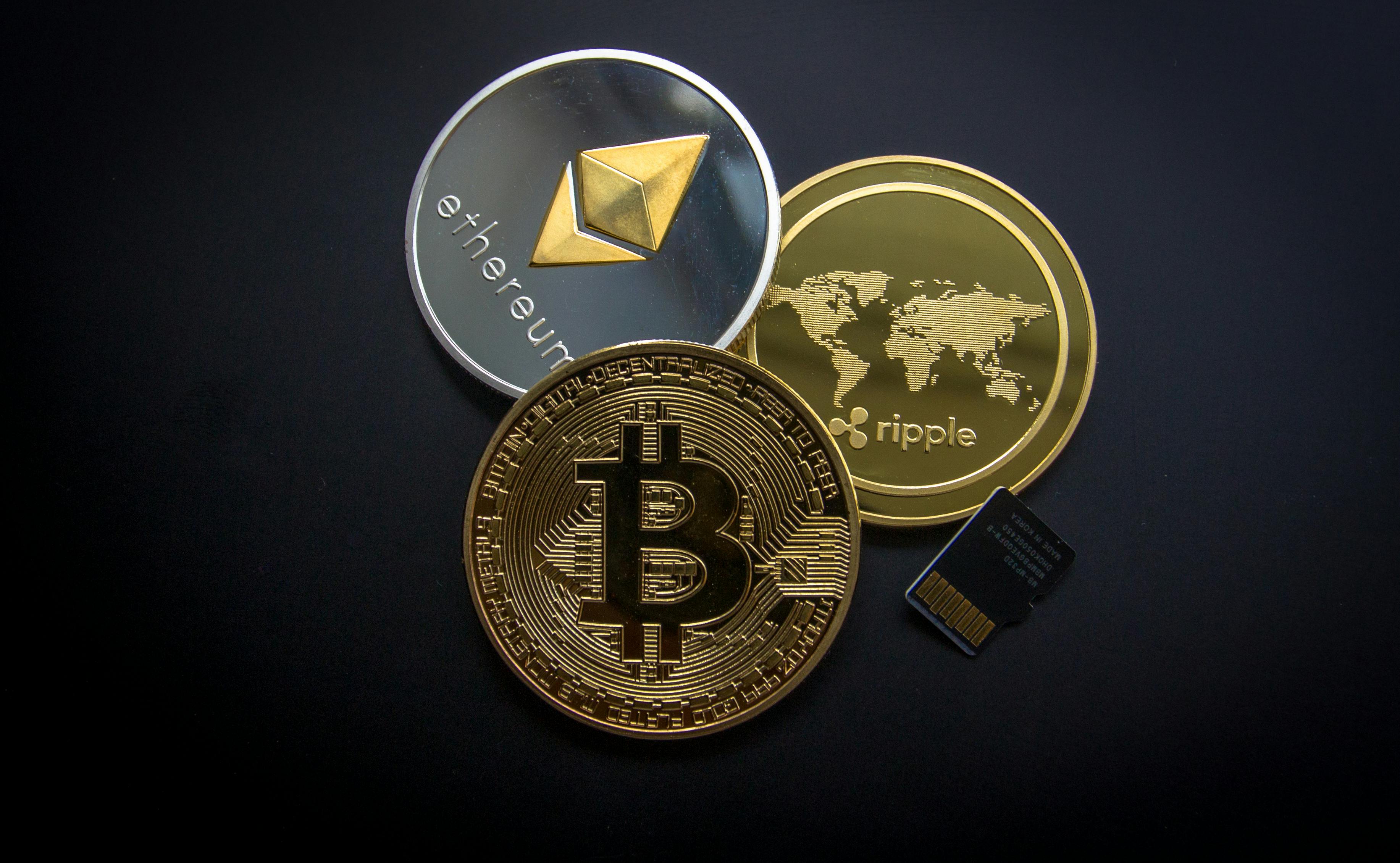Introduction
Decentralized Finance (DeFi) has transformed how financial systems operate by removing intermediaries and giving users direct control of their assets. Yet, as adoption grew, networks like Ethereum struggled with scalability — high gas fees, slow transaction times, and congestion that made DeFi inaccessible for smaller users. Enter Layer 2 (L2) scaling solutions — technologies designed to process transactions off-chain while maintaining the security of the underlying blockchain.
In 2025, Layer 2 has become a critical driver of DeFi’s evolution, enabling faster, cheaper, and more scalable decentralized applications (dApps) without compromising decentralization or security.
The Scalability Challenge in DeFi
During the DeFi boom of 2020–2022, Ethereum faced severe bottlenecks. Each transaction competed for limited block space, driving gas prices to unsustainable levels. This excluded smaller traders and created inefficiencies for protocols handling high-frequency operations like decentralized exchanges (DEXs) or yield farms.
Scalability is not just about speed — it’s about capacity. DeFi needed a way to process thousands of transactions per second (TPS) while ensuring security and composability. Layer 2 solutions emerged as the answer, offering near-instant settlements at a fraction of the cost.
What Are Layer 2 Scaling Solutions?
Layer 2 refers to technologies built on top of a base blockchain (Layer 1, such as Ethereum) that handle transactions off-chain before settling results back to the main network. This reduces congestion and improves efficiency while maintaining trust in the base layer.
There are several types of L2 architectures, but the most prominent include:
- a. Optimistic Rollups: Aggregate hundreds of transactions off-chain and post compressed data back to Ethereum. They assume transactions are valid unless challenged, allowing for faster processing. (e.g., Arbitrum, Optimism)
- b. ZK-Rollups (Zero-Knowledge Rollups): Use cryptographic proofs to verify off-chain transactions instantly, offering higher efficiency and stronger security guarantees. (e.g., zkSync, StarkNet)
- c. State Channels and Sidechains: Enable direct peer-to-peer interactions or independent blockchains that connect to Ethereum for periodic settlement. (e.g., Polygon PoS, Lightning Network for Bitcoin)
By shifting computation and storage off-chain, Layer 2 reduces the cost per transaction while dramatically increasing throughput.
How Layer 2 Is Transforming DeFi
Layer 2 technology is not just solving scalability — it’s reshaping how DeFi protocols operate and grow.
1. Lower Transaction Costs
The most immediate benefit is affordability. With fees dropping from tens of dollars to just a few cents, smaller users can once again participate in DeFi. This has revived activity in DEXs, lending platforms, and yield aggregators, creating a more inclusive ecosystem.
2. Enhanced Speed and Efficiency
Layer 2 networks process transactions almost instantly. For DeFi traders, this means faster swaps and arbitrage opportunities. For developers, it enables complex financial logic that was previously limited by block times and gas constraints.
3. Cross-Chain Composability
L2 solutions like Polygon and zkSync are building bridges across chains, allowing assets and liquidity to move seamlessly between ecosystems. This cross-chain interoperability reduces fragmentation, encouraging unified liquidity pools across multiple blockchains.
4. Improved User Experience
DeFi adoption depends on usability. By reducing transaction friction and improving interface responsiveness, Layer 2 platforms offer experiences comparable to centralized exchanges — but with full on-chain transparency.
Institutional and Developer Adoption
Institutions entering DeFi demand scalability and compliance — two areas Layer 2 is addressing directly. L2 networks now support on-chain KYC tools, enterprise privacy layers, and permissioned DeFi environments that comply with regulatory standards.
Developers also benefit from Ethereum Virtual Machine (EVM) compatibility on most Layer 2 networks, allowing them to migrate existing smart contracts without rewriting code. This compatibility has fueled a rapid expansion of DeFi apps on L2 ecosystems like Arbitrum, Optimism, and zkSync Era.
Real-World Impact on DeFi Ecosystems
The effects of Layer 2 are visible across multiple DeFi segments:
- a. Decentralized Exchanges (DEXs): Uniswap, Sushiswap, and Curve have deployed L2 versions offering near-zero fees.
- b. Lending Platforms: Aave and Compound use L2 integrations to allow micro-lending and borrowing without prohibitive transaction costs.
- c. Derivatives and Perpetuals: Protocols like dYdX and GMX operate natively on L2, providing professional-grade trading experiences without centralized custody.
- d. NFT and Gaming Finance: NFT marketplaces and GameFi platforms now rely on L2 for scalable minting and low-cost interactions.
This transition is not just technological — it’s economic. Cheaper transactions expand liquidity, improve yield efficiency, and make DeFi accessible to millions who were priced out during earlier cycles.
Challenges and Future Outlook
While Layer 2 has achieved significant progress, challenges remain. Liquidity fragmentation between L2 networks, bridge security vulnerabilities, and user education continue to slow mass adoption. Additionally, the complexity of bridging assets between chains still creates friction for non-technical users.
Looking ahead, the focus is shifting toward Layer 3 solutions and modular blockchains, which will stack even more specialized scaling layers for optimized DeFi performance. As infrastructure matures, we can expect full composability between L2 networks and integration with real-world assets — creating a unified, high-performance financial layer for Web3.
Conclusion
Layer 2 scaling solutions are revolutionizing DeFi by addressing its most pressing bottleneck — scalability. By enabling faster, cheaper, and more secure transactions, these technologies have opened the door for mass adoption, institutional participation, and sustainable growth.
As DeFi enters its next phase, Layer 2 networks will serve as the backbone for financial innovation, powering a decentralized economy that rivals traditional finance in both efficiency and accessibility.
Block3 Finance continues to work with DeFi projects and investors to assess scalability strategies, optimize on-chain operations, and design Layer 2-compatible financial infrastructures for the next generation of decentralized finance.
If you have any questions or require further assistance, our team at Block3 Finance can help you.
Please contact us by email at inquiry@block3finance.com or by phone at 1-877-804-1888 to schedule a FREE initial consultation appointment.
You may also visit our website (www.block3finance.com) to learn more about the range of crypto services we offer to startups, DAOs, and established businesses.
